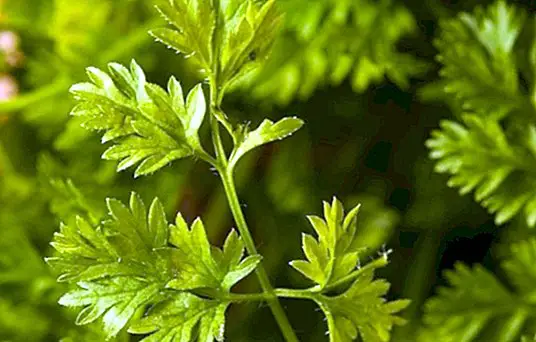What is the pancreas, what it is for and its main functions
It is true that the pancreas, despite being a fundamental and essential organ for life, tends not to be as well known in terms of its main functions as other organs say more popular, as for example is the case of the liver or stomach.
The pancreas is an organ that occupies a position certainly deep in the abdomen. Its upper wall is attached to the level of the first and second lumbar vertebrae (next to the adrenal glands), behind the stomach; it is part of the content known medically as a retroperitoneal space. Hence, it is an organ difficult to feel.

Regarding its external appearance, the pancreas presents a conical shape, head, neck, body and tail. Regarding its size, it has a length that can reach 23 centimeters (although it is usually between 15 and 23), a thickness of 5 centimeters, a width of 4 centimeters and a weight that ranges from 70 to 150 grams.
The diseases of the pancreas tend not to be very frequent, appearing especially in times of development and growth of the person, or rather in times of old age. Emphasizes pancreatitis, which can be acute (serious illness that can be fatal if not treated quickly, causing symptoms that can be confused with those of intestinal obstruction or peritonitis) or chronic (inflammatory process resulting from the release of enzymes from the pancreas inside of the glandular parenchyma).
The pancreatic duct (also known aspancreatic duct) passes through the entire pancreas, and transports the different secretions of the pancreas to the duodenum (first part of the small intestine).
What is the pancreas?
The pancreas It is an organ that has an elongated shape, and that can reach 15 centimeters in length and around 100 grams in weight. We found it located in the abdominal cavity, behind the stomach, very close to the different veins and arteries that irrigate both the liver and the intestine.
It consists specifically of a gland that has a flat and elongated shape, reminiscent of the shape of a pear. Its wide end is called the head, the thin end is the tail and the middle sections are the body and neck of the pancreas.
The pancreatic duct is of vital importance, since it is responsible for transporting the different pancreatic secretions to reach the duodenum, which is the first part of the small intestine. This conduit releases the different enzymes, which help in the digestion of fats, proteins and carbohydrates in food, as we will see throughout the following section in which we will know what are the functions of the pancreas.
The main functions of the pancreas
The pancreas performs two basic functions: an exocrine and an endocrine function.
Exocrine function
The exocrine cells found in this organ are responsible for producing enzymes that help digestion, releasing them when food enters the stomach, within a system of ducts that reach the main pancreatic duct.
These enzymes help the digestion of carbohydrates, proteins and fats that feed us through food.
Basically we can summarize its exocrine functions in the following:
- It secretes digestive enzymes that pass to the small intestine. That is, it secretes pancreatic juice that is then dumped into the second portion of the duodenum.
- Regulates the metabolism of fats.

Endocrine function
The two main hormones of the pancreas are insulin and glucagon. While insulin lowers the level of glucose in the blood, glucagon tends to increase it.
So they are two fundamental hormones, which work to maintain the proper level of glucose in the blood.
Regarding the endocrine functions, we can summarize them in:
- It produces and secretes important hormones: insulin (lowers blood glucose levels) and glucagon (elevates blood glucose levels).
ThemesDiseases of the pancreas Pancreas



